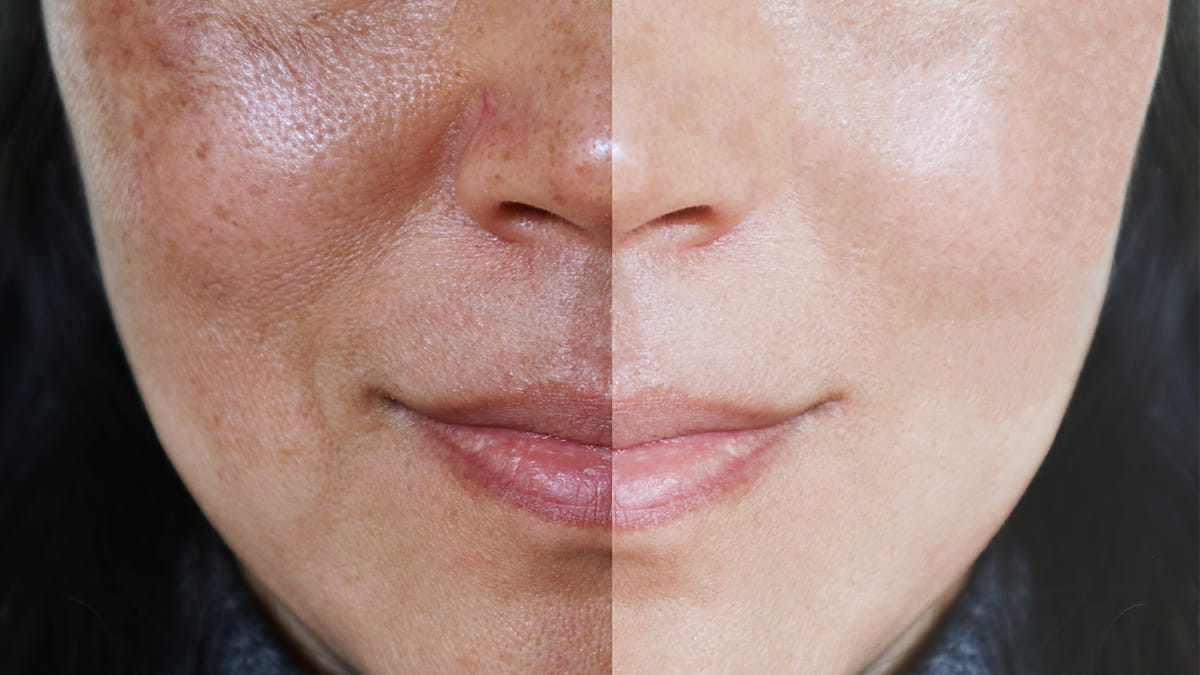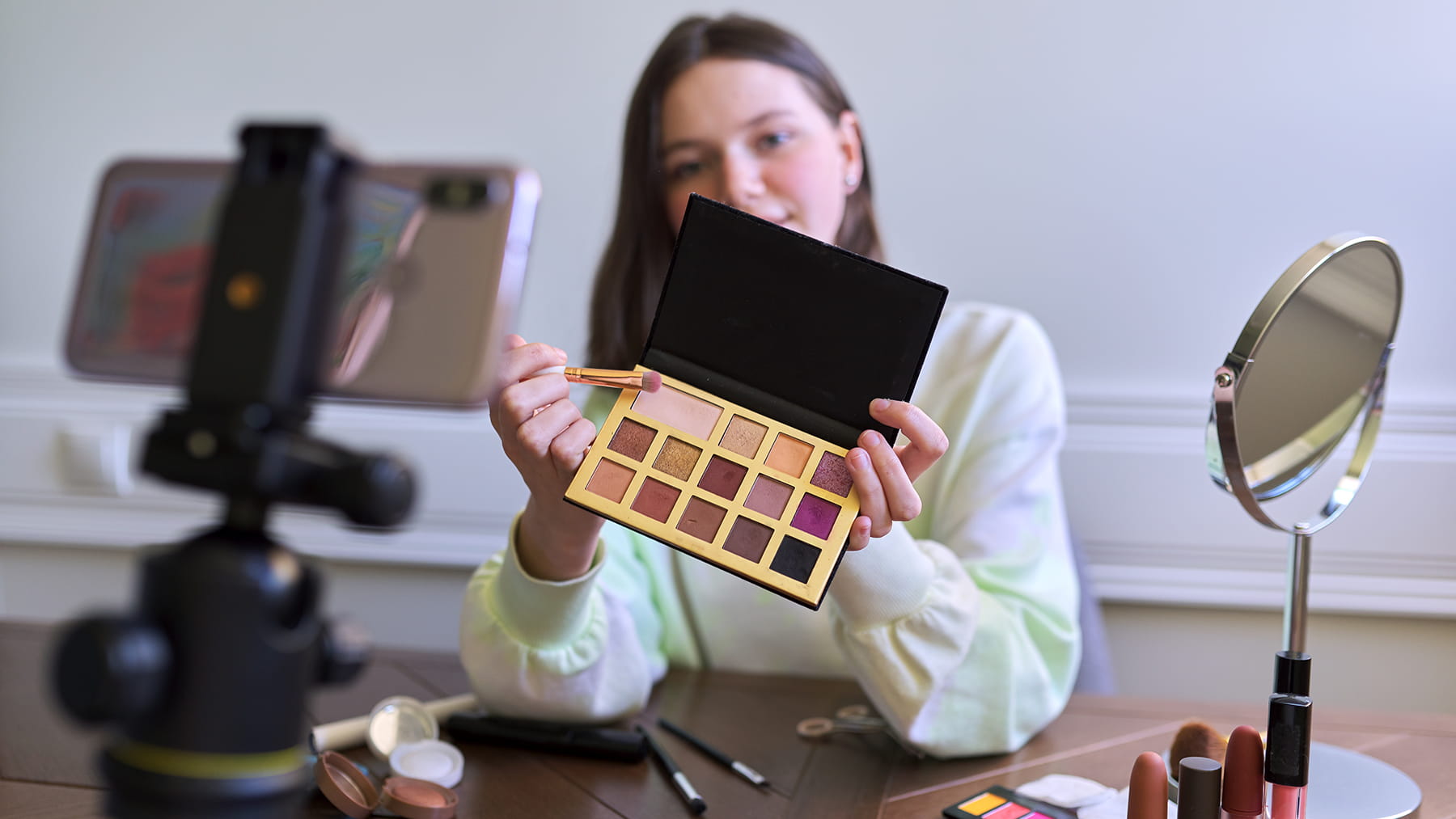5 ways to avoid a sunburn

Summer is in full swing! (And we couldn't happier about it!)
But as much as we want to catch some rays this time of year, it’s important to stay safe. If you and your family members don’t protect your skin, the exposure can lead to serious health problems. Each year there are more new cases of skin cancer than breast, prostate, lung and colon cancer combined, according to the American Cancer Society.
Everyone is at risk for skin damage – people of all skin colors – and the main risk is simply too much sun exposure on unprotected skin.
"Skin cancer is the most common type of cancer in the U.S.," says Shannon Trotter, MD, dermatologist at The Ohio State University Wexner Medical Center. "Prevention is important to decreasing the risk of skin cancer, and being smart about sun safety is the perfect place to start."
Below are five tips from Ohio State dermatologists to stay safe in the sun:
1. Put on sunscreen, and keep putting it on.
Keep your lotion handy, applying it to exposed skin at least 30 minutes before going outdoors. Then, reapply every two hours. Choose a product that says "broad spectrum" coverage with a Sun Protection Factor (SPF) of 30 or higher.
2. Avoid the worst times for sun exposure.
Limit your time in the sun between 10 a.m.-4 p.m., when its rays are strongest. And be aware that snow, ice, sand, water and concrete around pools can reflect UV rays and increase your chance of sunburn.
3. Cover up.
Wear protective, tightly woven clothing, such as long-sleeved shirts and pants. If your skin is sensitive, consider buying sun-protective lightweight clothing. Use an umbrella for shade.
4. Get fashionable with a big hat and cool shades.
Wear a tightly woven hat with a round brim – at least 4 inches wide. And protect your eyes from sunlight with sunglasses, even when walking short distances or driving. Even the sunlight coming through your car window can damage your eyes and skin.
5. No clouds, no problem? Think again.
Remember that your skin can burn on a cloudy day, as the sun’s ultraviolet rays can pass through the clouds.




